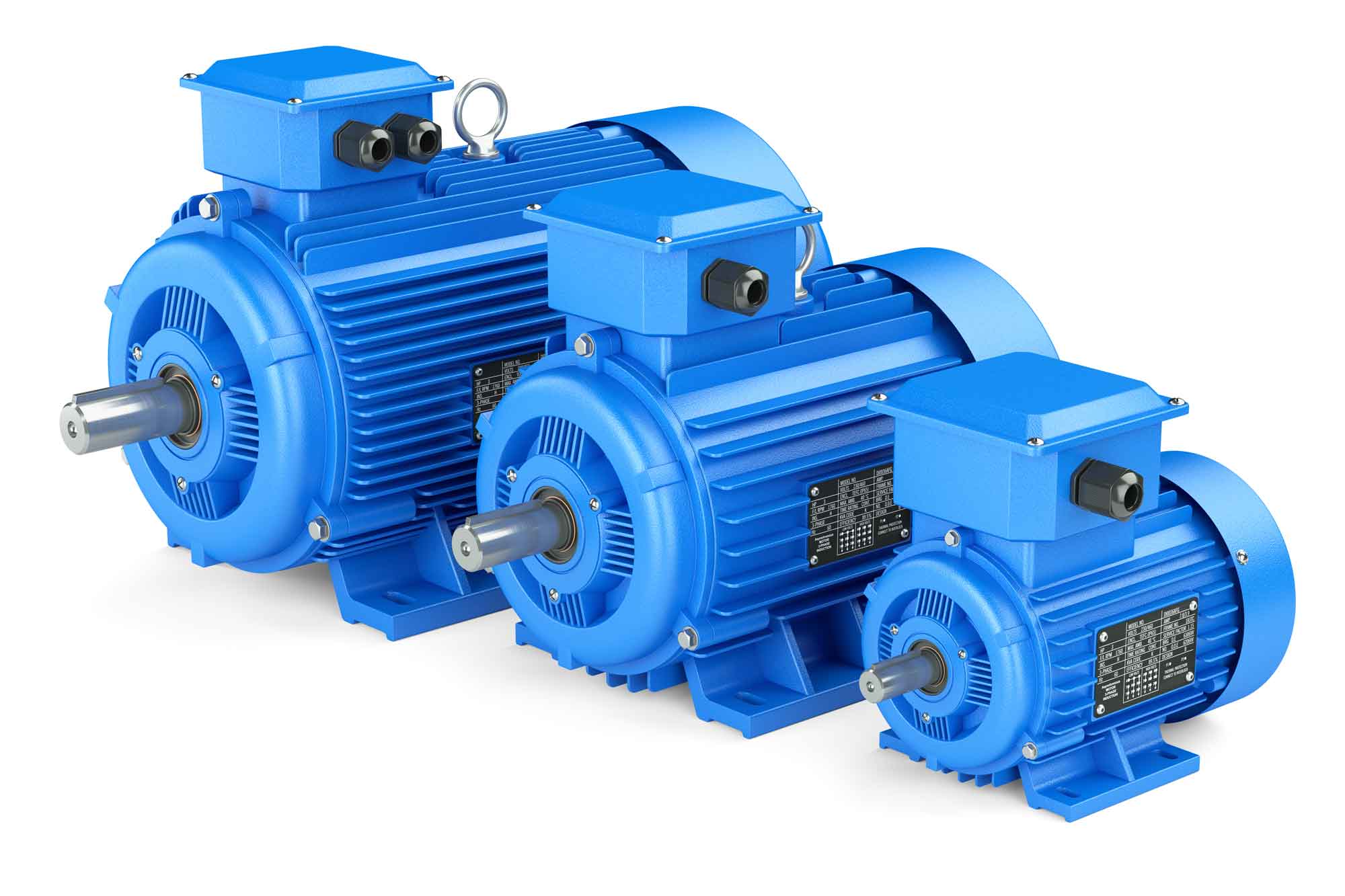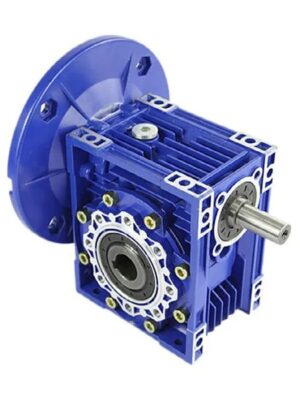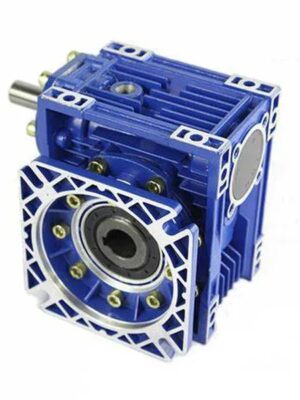Introduction
Aluminum worm gearmotors are becoming increasingly popular in various applications due to their lightweight, low cost, and high efficiency. However, they are also sensitive to temperature changes, which can impact their performance and lifespan. In this article, we will explore how temperature affects aluminum worm gearmotors and what can be done to mitigate its impact.
What are Aluminum Worm Gearmotors?
Aluminum worm gearmotors are a type of gearbox that uses a worm gear to transmit power between the input and output shafts. The worm gear is a screw-like gear that meshes with a worm wheel, which is usually made of bronze or plastic. The aluminum housing of the gearbox is lightweight and provides good heat dissipation, making it suitable for various applications.
Temperature Effects on Aluminum Worm Gearmotors
Temperature has a significant impact on the performance and lifespan of aluminum worm gearmotors. Here are some of the effects:
- Reduced Efficiency: As temperature increases, the viscosity of the lubricant decreases, which reduces the efficiency of the gearbox. This can result in higher energy consumption and lower output torque.
- Increased Wear: Temperature changes can cause thermal expansion and contraction, which can lead to increased wear and tear on the gearbox components. This can result in premature failure of the gearbox.
- Decreased Lifespan: High temperatures can accelerate the aging of the lubricant and other materials, which can lead to premature failure of the gearbox.
- Increased Noise: Temperature changes can also cause the gearbox components to expand or contract, which can result in increased noise and vibration.
How to Mitigate Temperature Effects
There are several ways to mitigate the effects of temperature on aluminum worm gearmotors:
- Proper Lubrication: Using the right type of lubricant and changing it regularly can help maintain gearbox efficiency and lifespan.
- Temperature Monitoring: Installing temperature sensors on the gearbox can help detect temperature changes and prevent damage.
- Cooling: Adding cooling fins or a fan to the gearbox housing can help dissipate heat and maintain proper operating temperature.
- Material Selection: Choosing materials that are less sensitive to temperature changes can improve gearbox performance and lifespan.
Conclusion
Temperature can have a significant impact on the performance and lifespan of aluminum worm gearmotors. However, by understanding the effects of temperature and taking appropriate measures to mitigate its impact, it is possible to maintain the efficiency and longevity of these gearboxes.

Electric motors for Sale
Electric motors and aluminum worm gearmotors are complementary to each other, as gearmotors help to reduce the speed and increase the torque of electric motors, while electric motors provide the power to drive the gearmotors. Our company, a comprehensive transmission equipment manufacturer, offers a range of electric motors for sale that are compatible with our aluminum worm gearmotors. Our high-quality products, competitive pricing, and excellent customer service make us a top choice for customers in Europe, America, Africa, Asia, and beyond. Please explore our products and feel free to contact us for more information.

About Us
Our company is a leading manufacturer of worm gearboxes and other transmission equipment, with over 25 years of experience in design, production, manufacturing, and sales. We serve customers in various industries, including equipment, food, car washing, packaging, transmission, automation, and solar energy. Our commitment to innovation, high-quality products, and excellent customer service has earned us a reputation as a reliable and trustworthy supplier. Our state-of-the-art production facilities, advanced testing equipment, and team of industry professionals and technicians ensure that we deliver the best products and services to our customers.

Q&A
Q1: What is the maximum temperature that an aluminum worm gearmotor can withstand?
A1: The maximum temperature that an aluminum worm gearmotor can withstand depends on several factors, including the type of lubricant used, the ambient temperature, and the duration of exposure. In general, aluminum worm gearmotors can operate in temperatures ranging from -10¡ãC to 60¡ãC, but prolonged exposure to temperatures outside this range can cause damage.
Q2: Can aluminum worm gearmotors be used in high-temperature applications?
A2: Aluminum worm gearmotors are not recommended for high-temperature applications, as they can experience reduced efficiency, increased wear, and decreased lifespan. In such applications, it is better to use gearmotors made of materials that are more resistant to temperature changes.
Q3: How often should the lubricant in an aluminum worm gearmotor be changed?
A3: The frequency of lubricant changes depends on several factors, including the operating temperature, the load on the gearbox, and the type of lubricant used. In general, it is recommended to change the lubricant every 6-12 months or after 1000-2000 hours of operation.
Q4: Can temperature changes cause the gears in an aluminum worm gearmotor to seize?
A4: Temperature changes can cause thermal expansion and contraction, which can lead to increased wear and tear on the gears and other components of the gearbox. In extreme cases, this can cause the gears to seize and the gearbox to fail.
Q5: How can temperature sensors be used to monitor the temperature of an aluminum worm gearmotor?
A5: Temperature sensors can be installed on the gearbox housing to measure the temperature of the lubricant or other components. The sensors can be connected to a monitoring system that alerts the operator if the temperature exceeds a certain threshold. This can help prevent damage to the gearbox and prolong its lifespan.
Edited by: Zqq.






